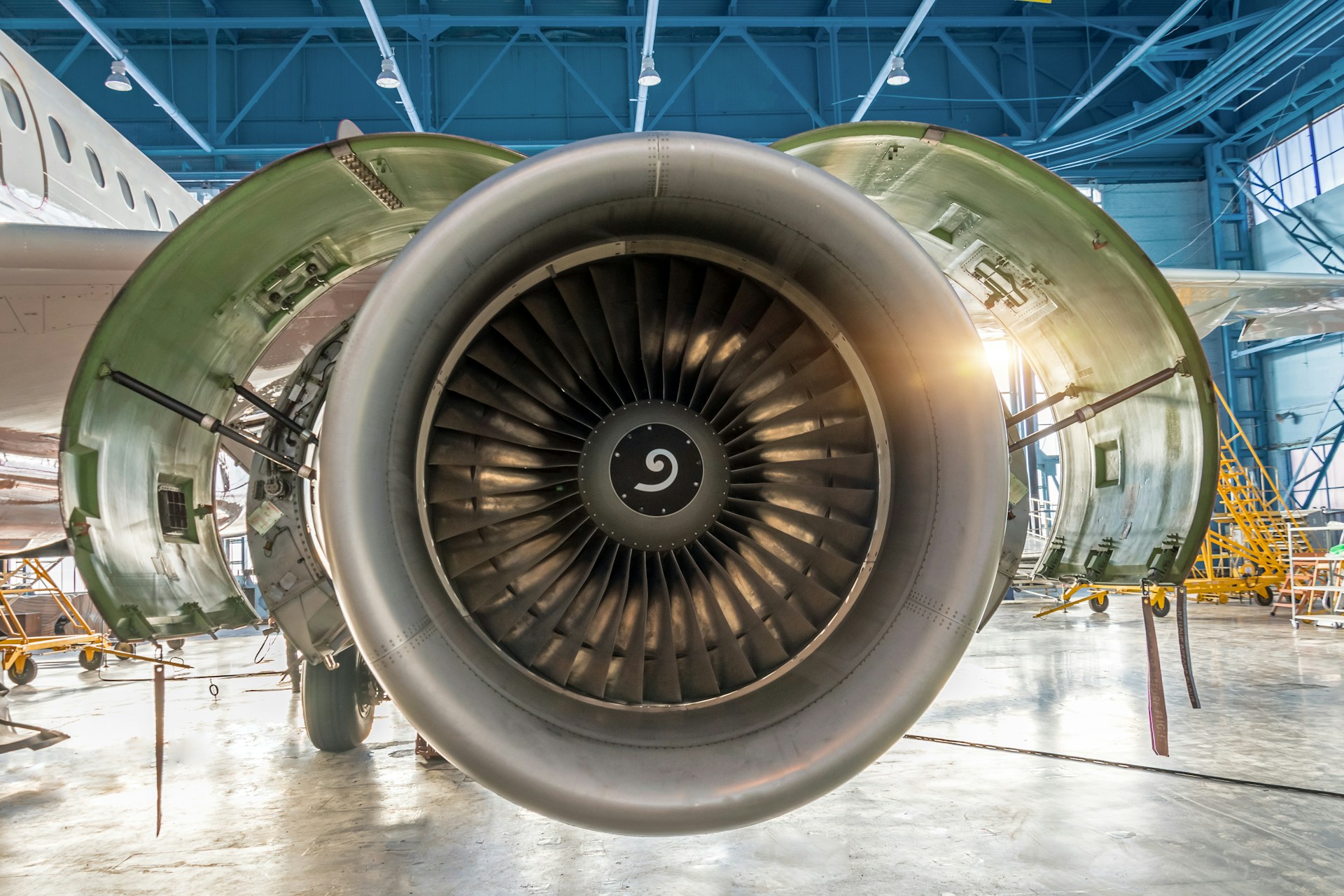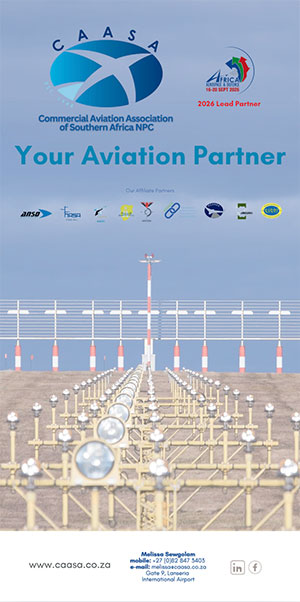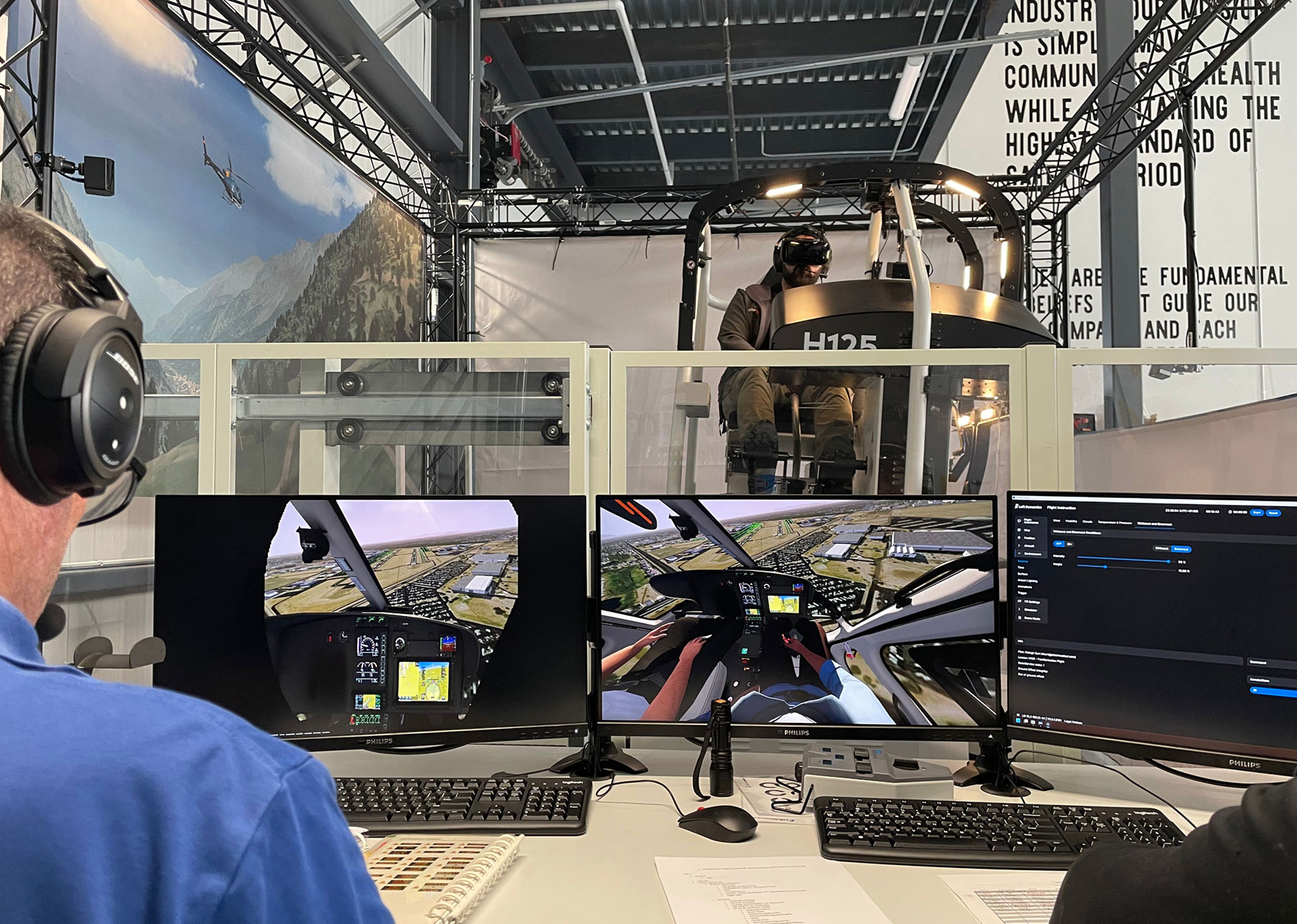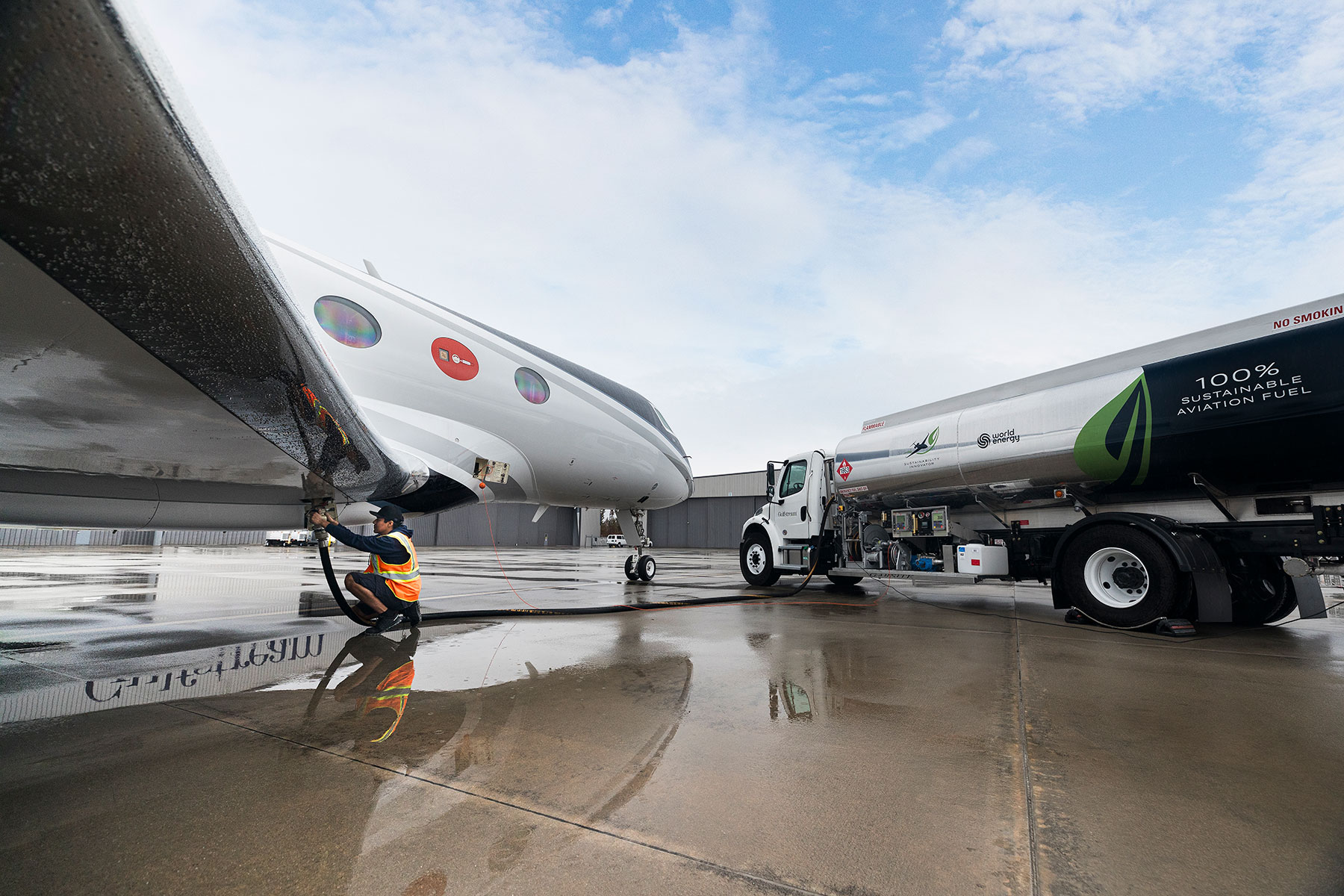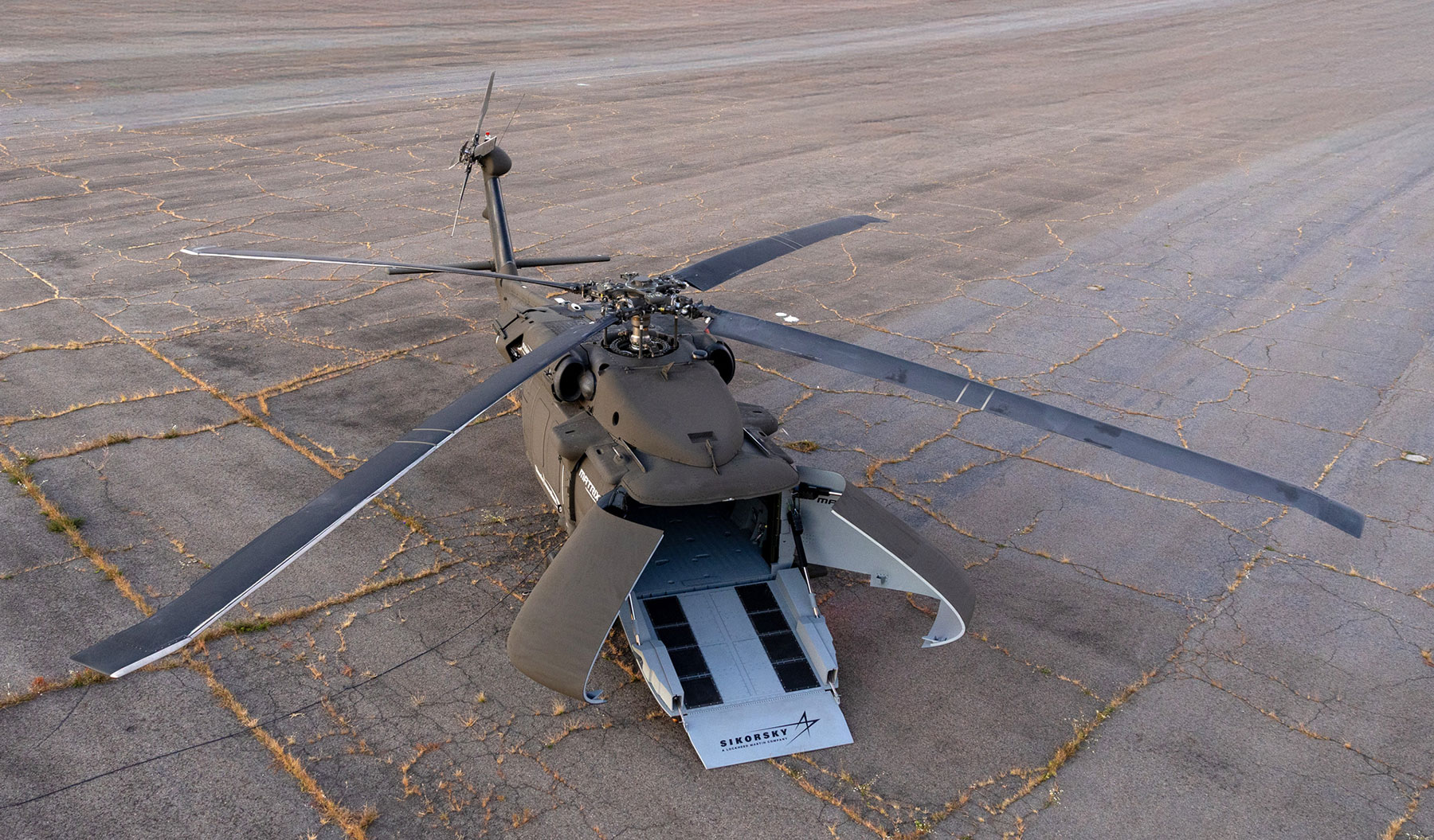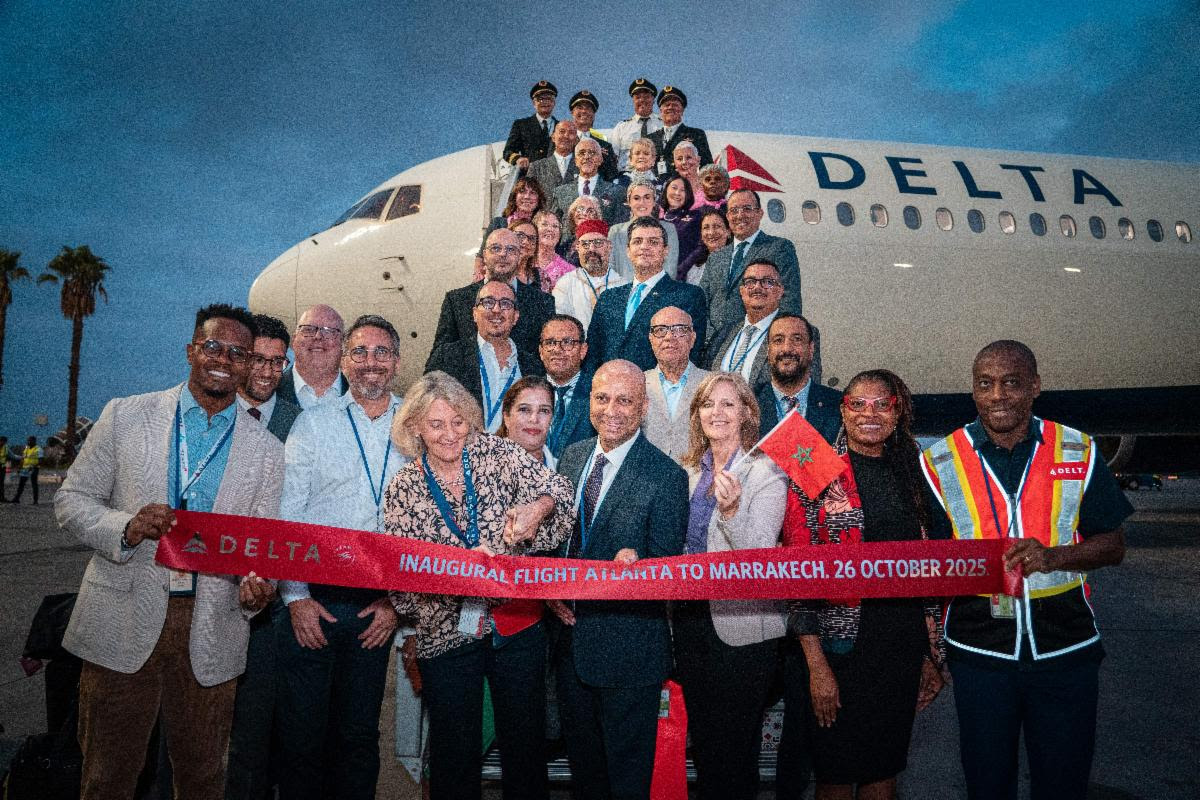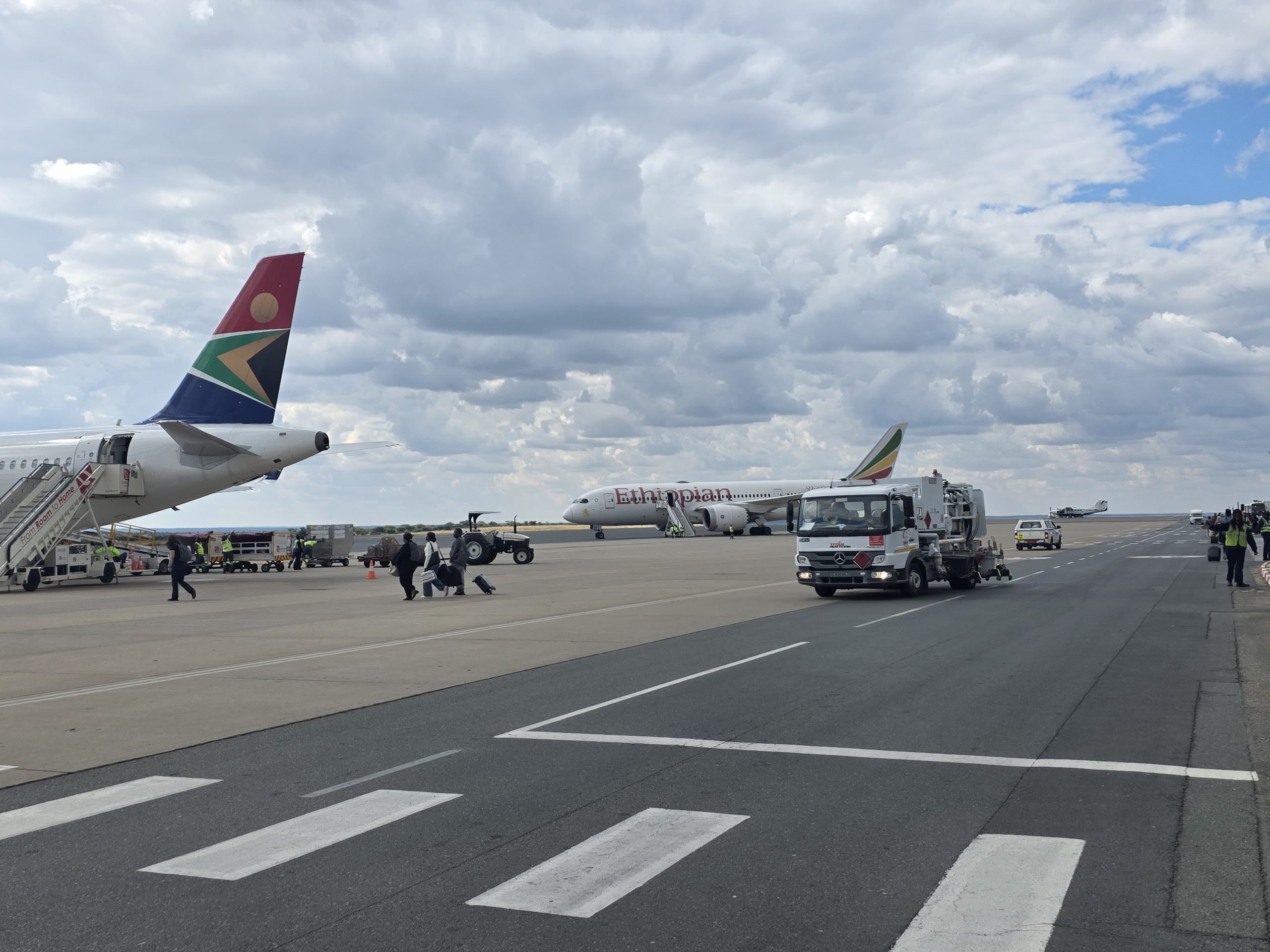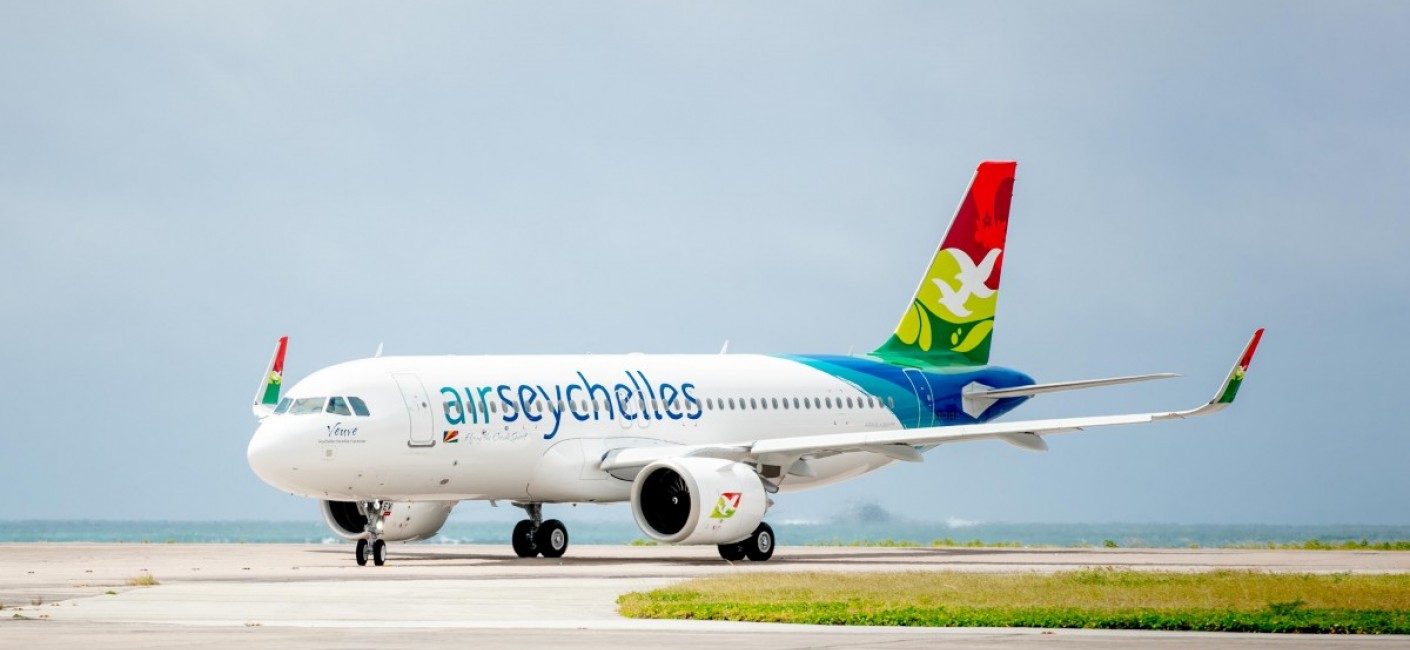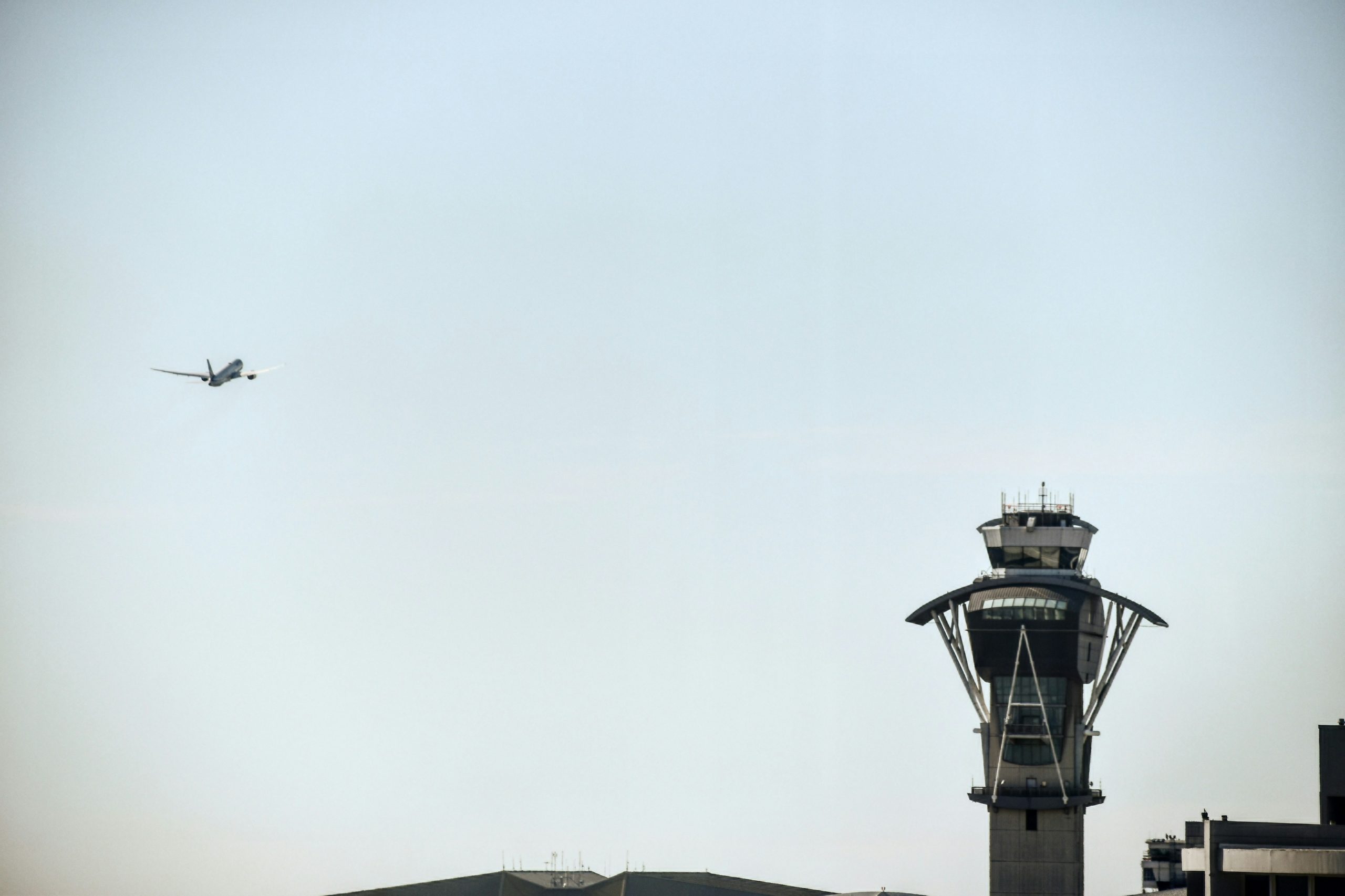In the last month, the International Air Transport Association (IATA) released the 2025 edition of its critical manuals for cargo and ground handling operations. An interesting trend that has been reflected within the updates is a more prominent lean towards digitalisation, sustainability, and safety.
With the world in a constant state of rapid evolution around us, we wondered how these changes would shape the future of ground operations? Will they then go on to influence the way airlines, airports, and service providers manage daily tasks in an increasingly complex world?
IATA’s Prominent Standing in Aviation Operation Safety
The association’s role is crucial in maintaining consistent practices across airlines, airports, and ground service providers worldwide. Through the publication of its manuals, IATA provides the blueprint for various aspects of aviation operations, from cargo handling to passenger services.
Each of these manuals is designed to align with the latest regulations and industry best practices, ensuring that all stakeholders stay informed and compliant. The 2025 updates are no exception, incorporating over 350 changes to address new challenges and evolving needs in the industry.
Digital Transformation Has Started Rearing Its Head in Ground Handling
One of the most significant areas of change in the IATA 2025 manuals is the integration of digital technologies in ground operations. The new updates place a strong emphasis on contactless travel, including the digitalisation of travel documentation. As travellers seek smoother, more secure journeys, reducing human interaction and reliance on paper documents has become essential.
With advancements in automation and data-sharing systems, the role of technology in ground operations is more critical than ever. Real-time data is improving baggage handling, cargo tracking, and overall operational efficiency. By streamlining these processes, airlines and ground service providers can reduce human error, enhance customer experience, and boost operational reliability.
Sustainability As a Priority
Updates to the Airport Handling Manual (AHM) now include the IATA Environmental Assessment (IEnvA), which guides ground operations towards eco-friendly practices. By helping airports and service providers adopt sustainable strategies, IEnvA aims to reduce the aviation sector’s carbon footprint and improve environmental management across the industry.
In addition to IEnvA, the manuals incorporate new best practices designed to reduce waste, optimise energy use, and minimise the environmental impact of special cargo handling. This commitment to green aviation practices aligns with the aviation industry’s broader goal of reducing emissions and contributing to global climate targets.
Safety Remains at the Core of IATA’s Mission
The Dangerous Goods Regulations (DGR) now include ten additional dangerous goods, including sodium-ion batteries and fire suppressant dispersing devices, reflecting the growing concerns around new technologies.
Similarly, the Battery Shipping Regulations (BSR), formerly focused solely on lithium batteries, have been expanded to include other battery types, such as sodium-ion batteries and non-spillable batteries. These updates ensure that the safe transport of these high-risk items is carefully managed to prevent accidents during air travel.
Moreover, the updates to the Live Animals Regulations (LAR) have introduced more detailed guidelines for the transport of animals, including updated container specifications and references to databases such as CITES and IUCN for endangered species. These safety measures contribute to smoother, safer handling of both live animals and hazardous cargo.
Introducing the IATA Training Passport
The 2025 updates introduce the IATA Training Passport, a system that provides skill recognition across different employers. This ensures that ground handling staff, no matter where they work, meet the same high standards for safety and efficiency.
By promoting a standardised approach to training and operations, IATA’s updates help to ensure that aviation professionals are equipped with the knowledge and skills necessary to handle complex tasks safely and efficiently, regardless of their employer or location.
Keeping Up with the Times and Shaping a Future
These updates are great examples of a changing industry which prepares the industry for future demands. From improving passenger service to managing the growing volume and complexity of air cargo – air transport becomes more interconnected and technology-driven, these IATA manuals provide a framework to guide the sector toward safer, more efficient, and sustainable operations. Through the integration of digital solutions, a renewed commitment to sustainability, and enhanced safety measures, these revisions equip aviation professionals with the tools necessary to navigate the challenges of a modern, interconnected world.
